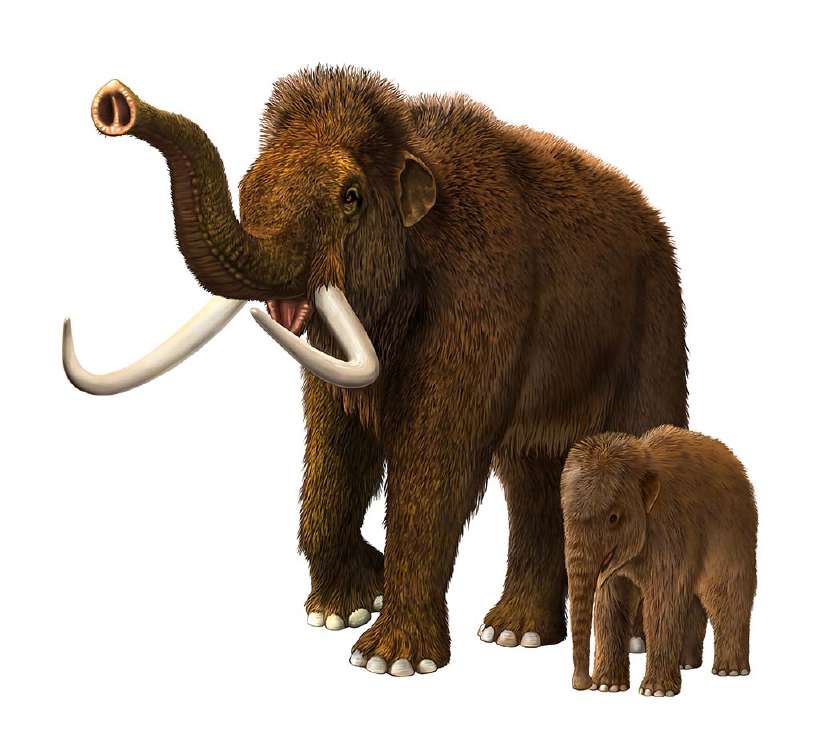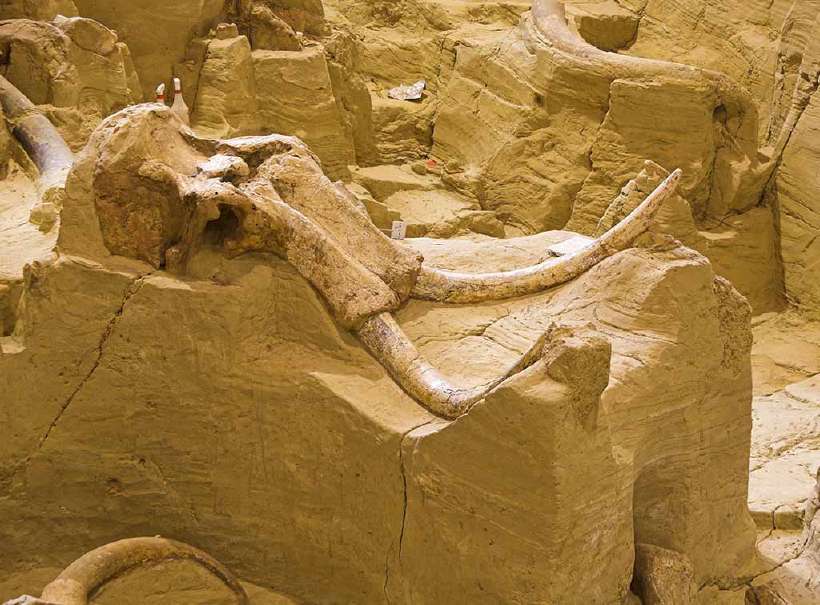Tale of the Woolly Mammoth
Home / Science for Kids / Planet Earth for Kids / Tale of the Woolly Mammoth
Almost 20,000 years ago, a group of hunting tribesmen attacked an enormous elephant like animal called the Woolly Mammoth. A fierce battle was fought as the prehistoric tribesmen armed with spears and stone catapults attacked the Mammoth.
The Mammoth, almost twice the size of a modern African Elephant, charged and stomped. And as a spear pierced its heart, it gave one last heart wrenching cry and fell to the ground with a loud thud, a sound that reverberated through the mountains.
As the cries of the Mammoth died out, a thunder followed. The snow-covered mountain slopes gave away in a giant avalanche. The avalanche covered the body of the dying Mammoth and it froze. The body remained in a frozen state for many many years, till it was discovered by another group of humans 20,000 years later.

This time it was not a hunting tribe, but a group of paleontologists, armed with pick axes and powerful scientific instruments.
Paleontologists are scientists who dig into the earth in search of remnants or impressions of pre-historic life. This would help them learn more about the history of life on earth.
Fossils: Tell tale stories of life and death

These remnants are called fossils. Fossils are generally formed when an animal dies and gets buried in some material that prevents weathering and decay.
But, not all fossils have their entire body intact like the Mammoth. Sometimes, the body of the animal decays and the bones are left behind. Or, in some other conditions, the bones and flesh disappear, but an impression of the body structure is left behind.
These bones and impressions help paleontologists to put together pieces of the organism and how its life must have been. The dinosaur was discovered in a similar way – after scientists found dinosaur bones.
A window into the past
Some of the fossils that have been discovered are millions of years old – some of them belong to the time when life began on earth, 450 million years ago.
In the Grand Canyon, in Colorado, US, the walls show separate layers of soil, each belonging to a different era. Each layer has fossils of different organisms that reveal how each age differed from the other in plant and animal life.
The fossils, thus help scientists to put together the events that occurred in the history of earth and the impacts it had on animal and plant life.
426 words |
4 minutes
Readability:
Grade 8 (13-14 year old children)
Based on Flesch–Kincaid readability scores
Filed under: planet earth
Tags: #hunting, #scientists, #bones, #heart, #dinosaurs
You may also be interested in these:
Dinosaur eggs Found in Patagonia
When a Cat Preys for Lunch
The Ungrateful Friend
All About Dinosaurs
What kind of Family Life did the Dinosaurs Have?